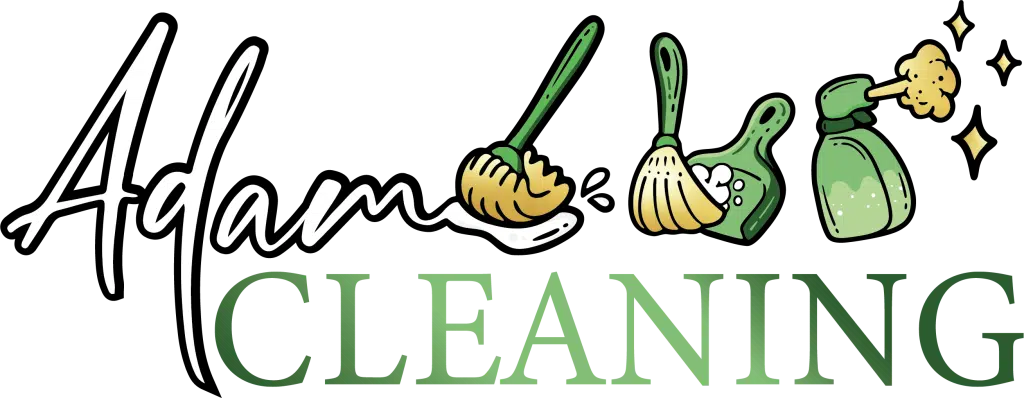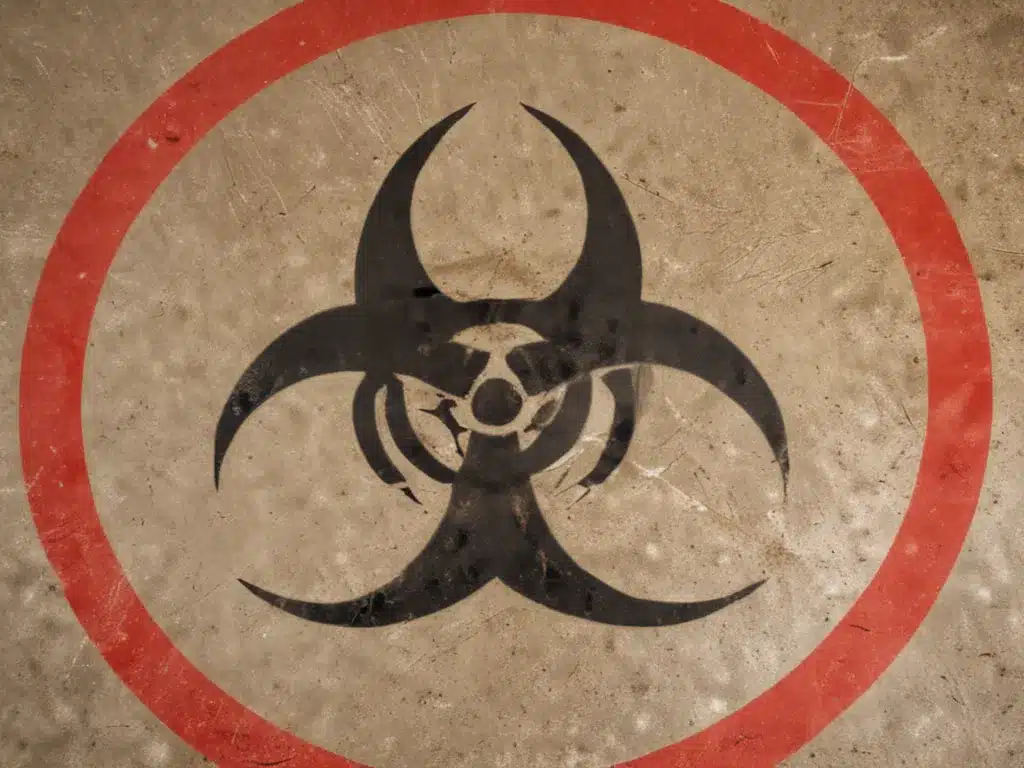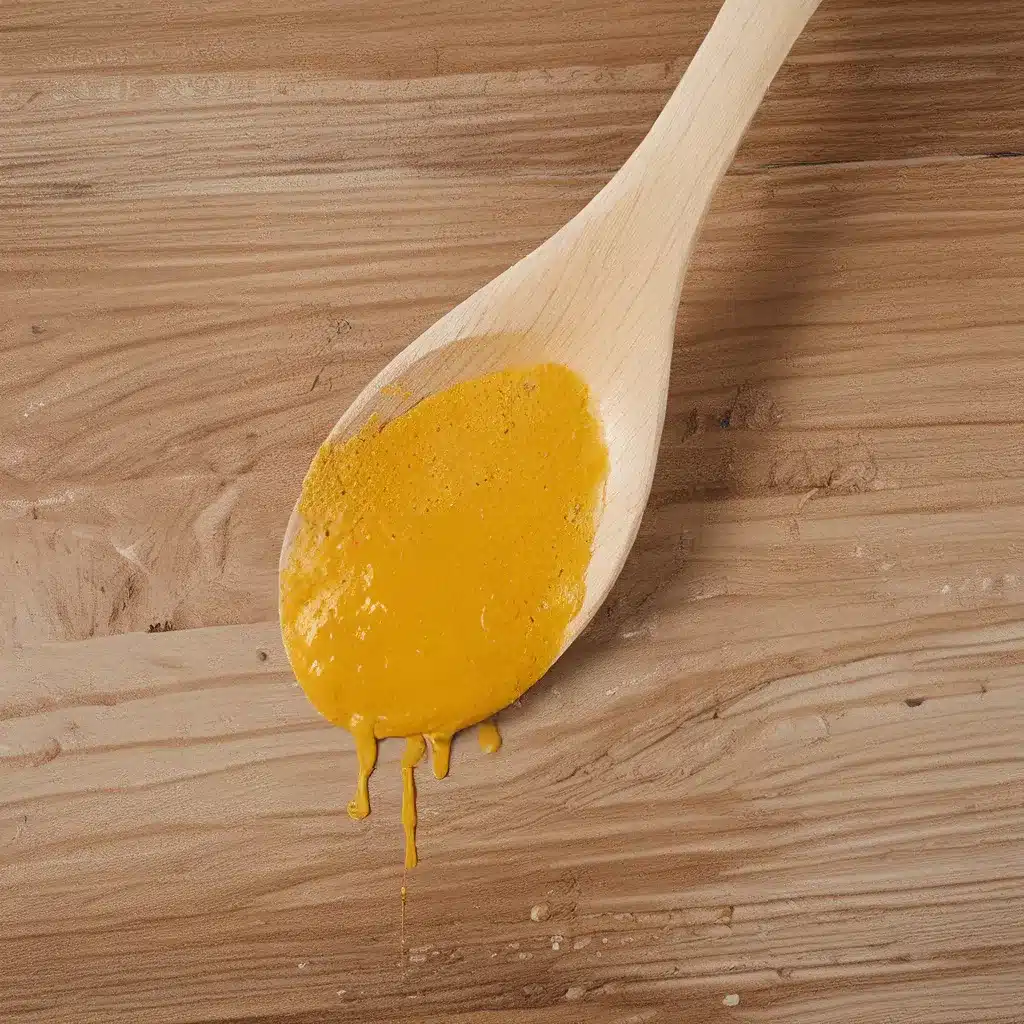What are biohazards?
Biohazards, also known as biological hazards, refer to biological substances that pose a threat to the health of living organisms, primarily humans. This includes viruses, bacteria, fungi, prions, parasites, venomous animals, etc. Biohazards can cause diseases through infection, poisoning, allergy, or toxin production.
Some common biohazard myths include:
Myth 1: Biohazards only exist in labs
This is false. Biohazards exist everywhere in our environment, not just in labs. Bacteria, viruses, mold, fungi, parasites, venomous creatures, etc. are present in nature and can be found in our homes, workplaces, food, water, and air. Proper hygiene and sanitation are essential to prevent exposure.
For example, Salmonella bacteria in undercooked poultry, E. coli in contaminated water, influenza viruses in the air, and mold spores indoors are some biohazards people encounter routinely. While labs contain isolated biohazards for research, biohazards naturally occur all around us. Being aware and taking precautions are vital.
Myth 2: All biohazards are deadly
Not necessarily. Many biohazards only cause mild, self-limiting illnesses like the common cold. Others can be serious or fatal if untreated. But most microbes are harmless or even beneficial to humans.
For instance, Staphylococcus aureus on the skin may cause no issues for some but lead to infection after surgery in others. The severity depends on many factors like pathogenicity, infectious dose, route of exposure, host immunity and genetics. Proper perspective is required – not all exposures automatically lead to deadly epidemics, but risks should not be trivialized either. Moderate, rational precautions are recommended.
Myth 3: Biohazards cannot be removed from surfaces
False. Many disinfectants effectively inactivate biohazards when used correctly. Solutions containing chlorine, alcohol, hydrogen peroxide, or quaternary ammonium compounds applied in the proper concentrations and contact times can eliminate viruses, bacteria and fungi on surfaces.
For example, alcohol wipes can kill many bacteria and viruses quite rapidly. Bleach solutions inactivate most microbes with 10-60 minutes of exposure. Proper decontamination procedures in labs, hospitals and food industries involve disinfecting surfaces to remove biohazards. Sanitizing measures, when judiciously applied, are very effective.
Myth 4: Antibiotics work against all biohazards
Antibiotics only act against bacteria, not viruses, fungi or other microbes. Indiscriminate antibiotic use breeds resistance while allowing viral infections to flourish. Specific medications are required for specific organisms.
For instance, antibiotics are ineffective against the SARS-CoV-2 virus that causes COVID-19. But they would be appropriate to treat secondary Staphylococcus pneumonia in a COVID patient. Each biohazard requires targeted treatment based on laboratory diagnosis, not broad-spectrum antibiotics.
Myth 5: Biohazards can be seen with the naked eye
Most biohazards are microscopic and invisible without magnification. Viruses range 20-400 nm, bacteria 1000-10000 nm – far below the detection limits of the unaided human eye. Fungal spores and protozoan cysts are also too small to be visible.
We may see mold growth or an insect, but the actual hazard – be it a norovirus or malaria parasite – can only be identified through microscopy, antigen tests or DNA techniques, not direct sight. Lab analysis is required to detect and identify specific biohazards reliably. Caution is advised even in the absence of visible biohazards.
Conclusion
Biohazards are ubiquitous, not just limited to labs. While serious, not every exposure is inevitably fatal. Sanitization works, but appropriate methods must be used judiciously. Antibiotics have limited scope. And most biohazards cannot be seen without magnification. Staying informed, taking logical precautions and using science-based risk reduction approaches help debunk myths and protect against biohazards in a pragmatic way. Proper education and prudence, not paranoia, are key.







